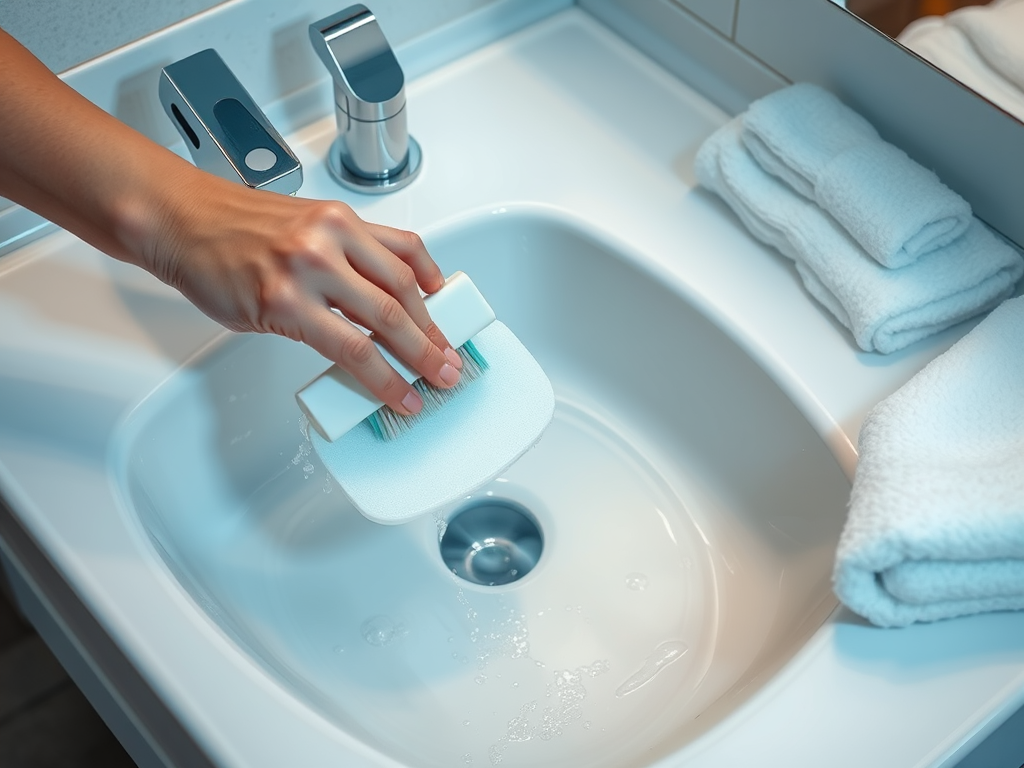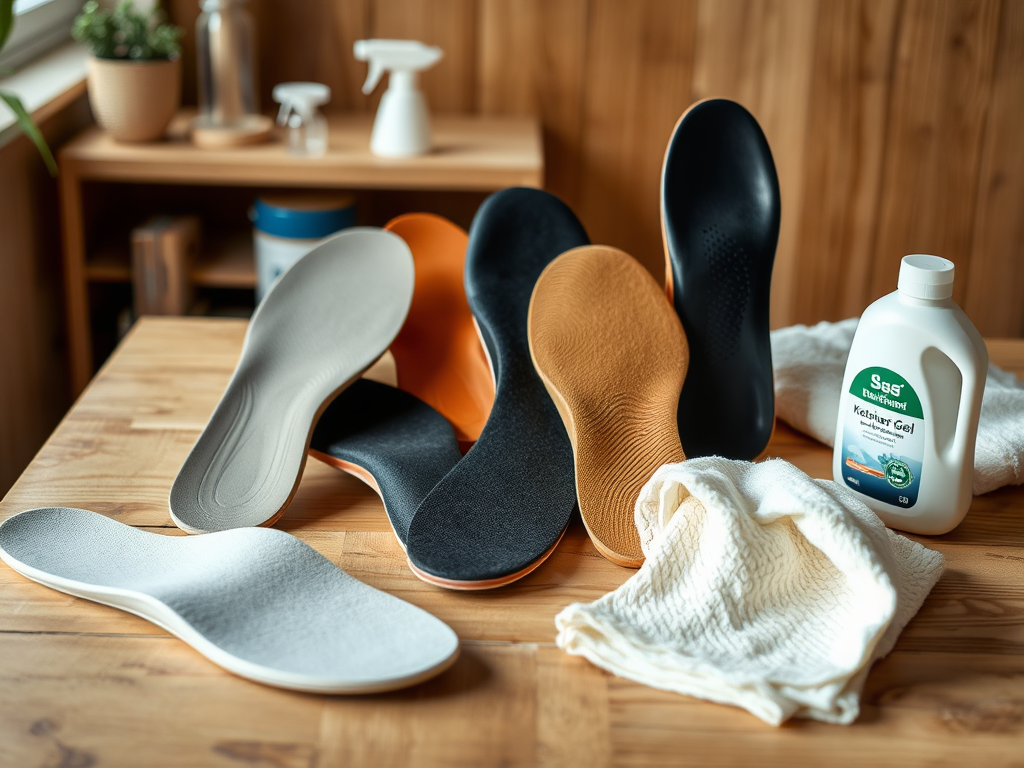Maintaining the hygiene and comfort of your shoes goes beyond simply cleaning the exterior. One of the most overlooked aspects of shoe care is the treatment of insoles, which can harbor a multitude of odors and bacteria. As you wear your shoes, your insoles absorb sweat, dirt, and grime, creating an environment that can be detrimental to foot health. Ensuring that you clean your insoles regularly not only enhances your overall experience but also prolongs the lifespan of both your footwear and the insoles themselves. In this article, we’ll delve deep into effective techniques for washing shoe insoles, ensuring you remain one step ahead in maintaining a fresh and healthy wardrobe.
Understanding the types of insoles and their specific needs is paramount. For instance, foam insoles, which offer outstanding cushion, have different cleaning requirements compared to leather insoles that demand more careful handling. The cleaning method you choose can vary greatly based on the materials. Additionally, using the wrong cleaning products can further complicate matters and may even damage your insoles. Let’s explore the cleaning methods that fit various sock materials while providing practical tips to keep your footwear pristine.
Understanding Shoe Insoles

Shoe insoles are often the unsung heroes of comfort, providing crucial support as we go about our daily activities. Due to their close contact with our feet, insoles are prone to collecting sweat, dirt, and odor over time. This accumulation can lead to several foot ailments and an unpleasant wearing experience. Therefore, ensuring their cleanliness is essential not only for comfort but for hygiene as well. With the right approach, cleaning your shoe insoles can become a simple yet effective part of your regular shoe maintenance routine.
Why Cleaning Insoles is Important

Cleaning your shoe insoles frequently has several key benefits. Firstly, fresh insoles improve your shoes’ overall comfort by providing better support. Secondly, maintaining cleanliness can help in preventing foot-related issues like blisters, fungal infections, and creepy odors. All of these problems may be linked to dirty insoles, underscoring the importance of regular cleaning. Moreover, a simple routine can add longevity to your shoes, ensuring that they stay in premium condition for years to come. When you take the time to clean your insoles, you’re not just enhancing comfort; you’re investing in better foot health and footwear longevity.
Types of Insoles and Cleaning Requirements
Knowing the material of your insoles helps tailor your cleaning approach effectively. Below are some common types of insoles and the recommended cleaning methods for each:
- Foam Insoles: Best cleaned with mild soap and water.
- Gel Insoles: Utilize spot cleaning to avoid ruining the gel material.
- Leather Insoles: Clean with damp cloth and special leather cleaner to prevent damage.
| Type of Insole | Cleaning Method | Drying Recommendation |
|---|---|---|
| Foam | Wash with mild detergent and water | Air dry away from heat |
| Gel | Spot clean with a damp cloth | Wipe dry and air dry |
| Leather | Wipe with damp cloth and leather cleaner | Air dry with proper ventilation |
Step-by-Step Guide to Washing Shoe Insoles
Now that we understand the various insoles and their care, let’s dive into a practical, step-by-step guide for washing your insoles effectively. A structured approach will ensure you achieve the best results without incurring damage.
Gather Your Supplies
Before you get started, it’s essential to have the right tools on hand. Here’s a quick checklist of what you will need:
- Mild detergent or soap
- Soft brush or cloth
- Warm water
- Baking soda (for odor removal)
- A clean towel or drying rack
Remove Insoles from Shoes
Take care to gently remove the insoles from your shoes. This is crucial to prevent any tearing or damage during the cleaning process. Once removed, you can assess the condition of both the insoles and the shoes themselves. This opportunity allows you to clean the shoe interior as well, leading to a comprehensive cleaning session. Keeping your insoles and shoes hygienic not only extends their lifespan, but it also provides a better wearing experience overall.
Clean Your Insoles
Now, let’s proceed with the cleaning process itself. Start with general cleaning by mixing warm water with a few drops of mild detergent. Using a soft brush or cloth, gently scrub the insoles to lift any grime or dirt. If your insoles have developed an odor, sprinkling baking soda over them after cleaning can be a game-changer; let it sit for at least 30 minutes to absorb unpleasant smells. After scrubbing and letting the baking soda work its magic, rinse the insoles thoroughly with clean water to remove any soap residue. This step is important to ensure no cleaning products are left that could irritate your feet later on.
Allow to Air Dry
After rinsing, pat your insoles dry with a clean towel. Avoid wringing them out as this might distort their shape. It is crucial to allow them to air dry completely, preferably in a well-ventilated area but out of direct sunlight or heat sources. Direct sunlight or excessive heat can warp or damage certain materials. Proper drying prevents mold and promotes a fresh environment for your insoles, so it’s an indispensable part of the cleaning routine.
Tips for Maintaining Clean Insoles
Consistency is key when it comes to maintaining clean insoles. Here are a few additional tips to help you keep them in top condition:
- Regular Cleaning: Aim to wash your insoles every few weeks, especially if you wear them frequently.
- Store Properly: Ensure proper airflow when storing shoes to minimize moisture buildup.
- Replace When Necessary: Recognize when your insoles have come to the end of their lifespan; worn-out insoles can lead to discomfort.
Conclusion
Washing your shoe insoles is a crucial yet straightforward task that can dramatically enhance the comfort and hygiene of your footwear. By understanding the various materials and cleaning methods, you can easily keep your insoles fresh and functional. A little effort goes a long way—regular cleaning paired with good storage practices can lead to a more enjoyable shoe-wearing experience. Don’t underestimate the impact of a clean insole; it’s a step toward foot health and well-being.
Frequently Asked Questions
- How often should I wash my shoe insoles? You should wash your insoles every few weeks, depending on how frequently you use them.
- Can I put my insoles in the washing machine? It’s not recommended for most insoles, as the agitation and heat can cause damage. Handwashing is generally safer.
- What should I avoid when cleaning insoles? Avoid harsh chemicals and excessive moisture, especially with leather and certain fabric insoles.
- How do I know when it’s time to replace my insoles? If your insoles show significant wear or retain persistent odors after cleaning, it may be time for a replacement.
- Can I use fabric conditioner on foam insoles? It’s best to avoid fabric conditioners on foam insoles, as they can break down the material. Stick to mild detergent instead.